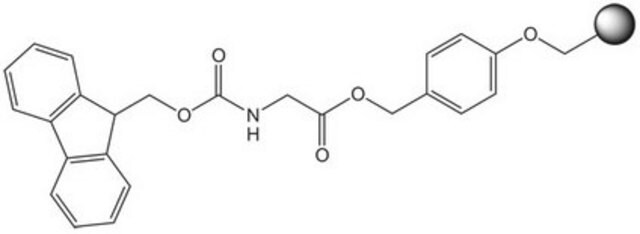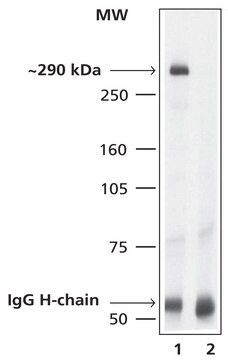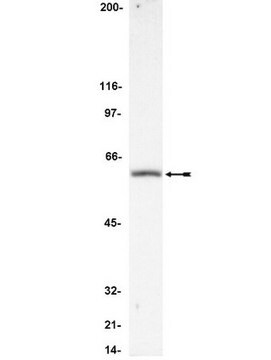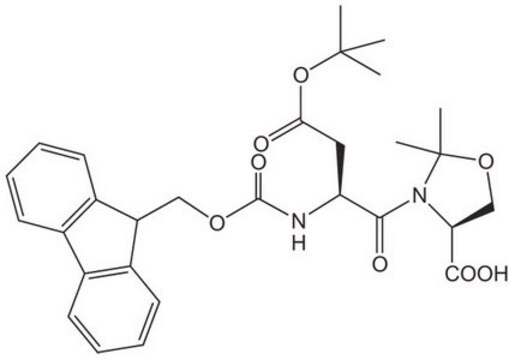06-501
Anti-STAT1 Antibody, CT
Upstate®, from rabbit
Synonym(s):
Anti-CANDF7, Anti-IMD31A, Anti-IMD31B, Anti-IMD31C, Anti-ISGF-3, Anti-STAT91
About This Item
Recommended Products
biological source
rabbit
Quality Level
antibody form
purified antibody
antibody product type
primary antibodies
clone
polyclonal
species reactivity
mouse, human
manufacturer/tradename
Upstate®
technique(s)
electrophoretic mobility shift assay: suitable
immunoprecipitation (IP): suitable
western blot: suitable
isotype
IgG
NCBI accession no.
UniProt accession no.
shipped in
wet ice
target post-translational modification
unmodified
Gene Information
human ... STAT1(6772)
General description
STAT 1, is activated by a number of different ligands, including IFNalpha, IFNgamma, EGF, PDGF and IL6. Phosphorylation of tyrosine 701 is required for STAT 1 dissociation from IFNGR1, homodimerization, and nuclear translocation. Tyrosine 701 phosphorylation impairment results in loss of STAT 1 functions.
Specificity
Immunogen
Application
Quality
Target description
Physical form
Analysis Note
Positive Antigen Control: Catalog #12-303, Jurkat cell lysate.
Other Notes
Legal Information
Not finding the right product?
Try our Product Selector Tool.
recommended
Storage Class Code
12 - Non Combustible Liquids
WGK
WGK 1
Flash Point(F)
Not applicable
Flash Point(C)
Not applicable
Regulatory Listings
Regulatory Listings are mainly provided for chemical products. Only limited information can be provided here for non-chemical products. No entry means none of the components are listed. It is the user’s obligation to ensure the safe and legal use of the product.
JAN Code
06-501:
Certificates of Analysis (COA)
Search for Certificates of Analysis (COA) by entering the products Lot/Batch Number. Lot and Batch Numbers can be found on a product’s label following the words ‘Lot’ or ‘Batch’.
Already Own This Product?
Find documentation for the products that you have recently purchased in the Document Library.
Our team of scientists has experience in all areas of research including Life Science, Material Science, Chemical Synthesis, Chromatography, Analytical and many others.
Contact Technical Service







